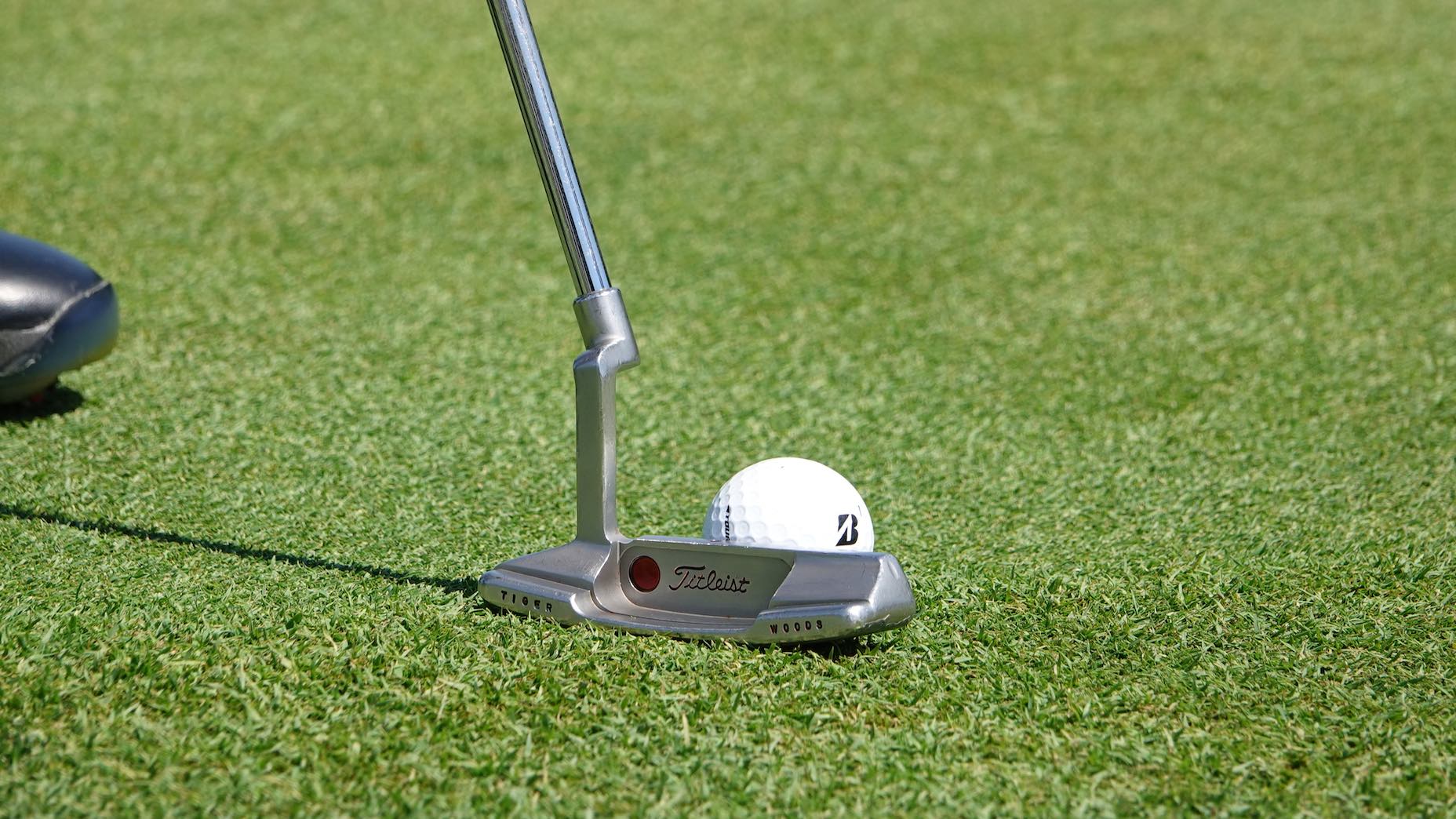Ask a golfer to call out the loft on their driver and most can do it without peeking under the headcover. But what about putter loft? For a club that’s used more than any other during a round, one of its most important specs seems to be hidden in plain sight.
The advent of adjustable drivers, fairway woods and even some utility irons has made it easier than ever to dial-in the loft for your game (or course setup). Unfortunately, this convenience doesn’t extend to the rest of your bag, putter included.
To be clear, you shouldn’t feel embarrassed if you don’t know the loft on your putter. Most manufacturers only display one spec on the putter — the length. If you want to locate the loft, the best place to look is the putter manufacturer’s official website, where you can usually find all of the pertinent specs, from the static loft and lie angle to standard head weight. (It’s also important to point out that if you’ve been attached to your current putter for some time, chances are good the loft and lie angle differs from the factory specs due to regular use.)
So why should any of this matter to the average golfer? Having a putter that matches your stroke type is only part of the equation. If the loft isn’t built for your stroke, there’s a good chance you’re adding unwanted backspin, which can cause putts to get airborne and affect your distance control. In most cases, topspin is your friend when trying to create a pure end-over-end roll.
If you’re been struggling with distance consistency, it might be time to have the loft on your putter checked to ensure it matches your stroke and stance. A certified club-fitter can help in this instance, like GOLF.com sister company True Spec Golf. Here are three things to consider before you walk through the door.
Delivery
During his career, Phil Mickelson has used putters with as much as 7 degrees of loft. That’s more loft than what’s currently found on Bryson DeChambeau’s driver. The average loft on a putter ranges from 2 to 4 degrees, but it’s possible you could need more loft if you’re like early-career Lefty and add a significant amount of forward press — leaning the shaft towards the ball at impact — during your stroke. A forward press can significantly decrease the effective loft on the putter, thus causing the ball to skip or spin when it’s driven into the turf at impact.
In Mickelson’s case, he needs more loft to ensure his putter plays somewhere around four degrees (known as the “dynamic loft”) when he applies the forward press and makes contact with the ball.
If you’re the opposite of Mickelson and the hands hang back at impact, there’s a good chance you’ll need less loft to create a smooth, consistent roll.
Where the ball is positioned can also play a role. For example, if you prefer to play the ball off the front foot, less loft could be a better option to account for the upswing at impact.
Putter style
A standard putter length (33, 34 or 35 inches) likely doesn’t require much thought. However, if you’re using something longer than standard, like Matt Kuchar’s Bettinardi arm-lock putter, it might make sense to go with less loft. Longer putters have a tendency to impact the ball on the upswing, making it necessary to decrease the static loft.
Green conditions
You’ll notice some pros adjust the loft on their putter depending on the green conditions. The poa annua greens at Pebble Beach Golf Links add another level of difficulty during the tournament week because the grass has a tendency to hold footprints longer and get bumpy in high traffic areas. Players tend to find themselves with putts that are resting in small indentations on the green.
An aggressive putting stroke is usually key, but some players have found adding loft can lift the ball out of an indentation and get it rolling on its intended line.
Most weeks on Tour, less loft on blemish-free greens is the prudent play. That said, it’s important to take the greens at your local course into account when considering the ideal putter loft.
